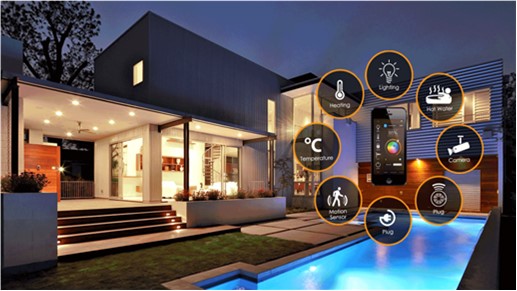Project Info
COMPLETE
 Project Title
Project Title
 Project Title
Project Title
Smart Electrical Panel Market Characterization Study
Project Number ET21SCE0015 Organization SCE End-use Whole Building Sector Residential Project Year(s) 2020 - 2024Description
The project is a broad market research and characterization study of smart electrical panels to assess industry and customer applications with the objectives of energy efficiency, GHG/Decarb reduction, DSM flexibility, building and transportation electrification.
Project Report Document
Loading PDF Preview...
